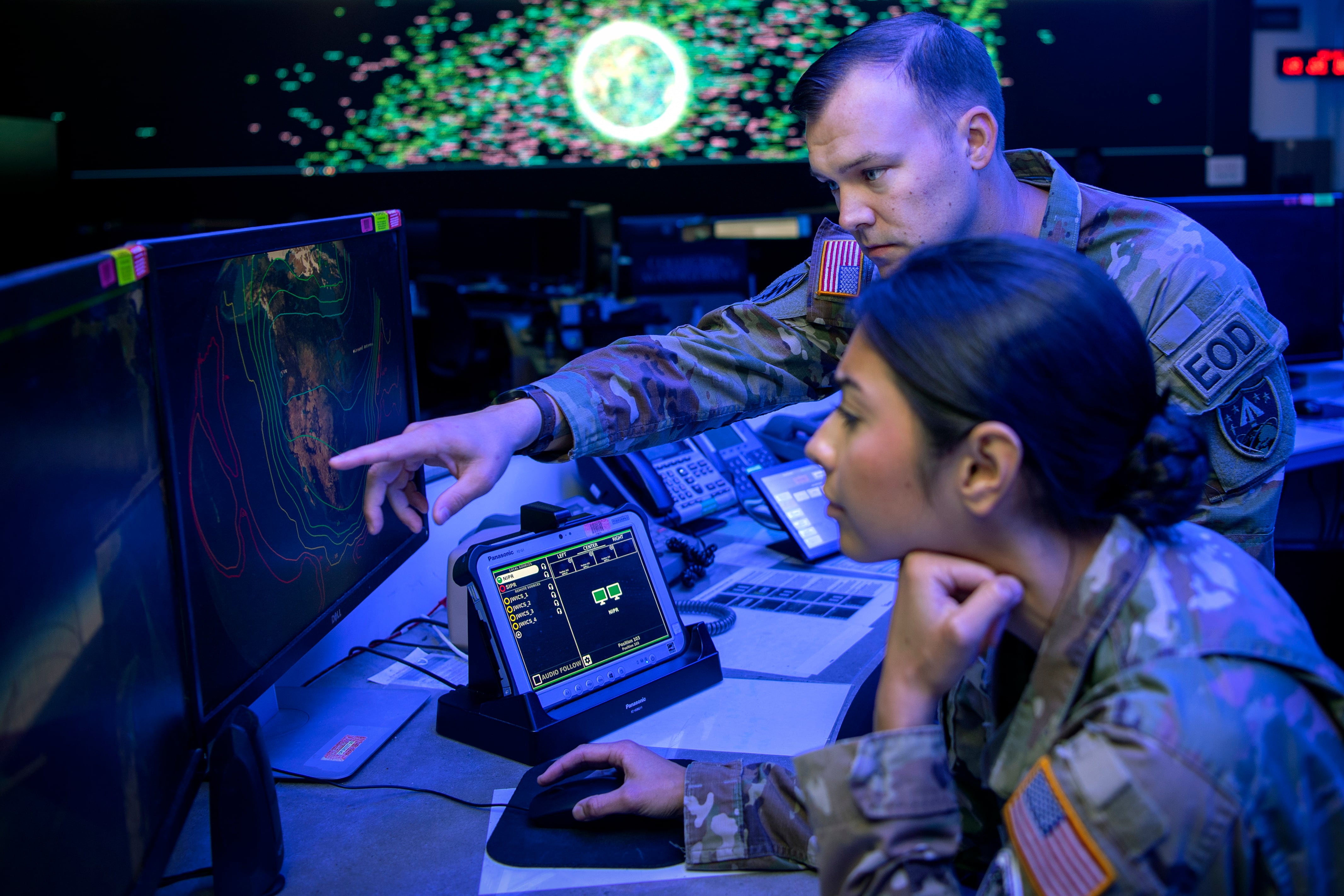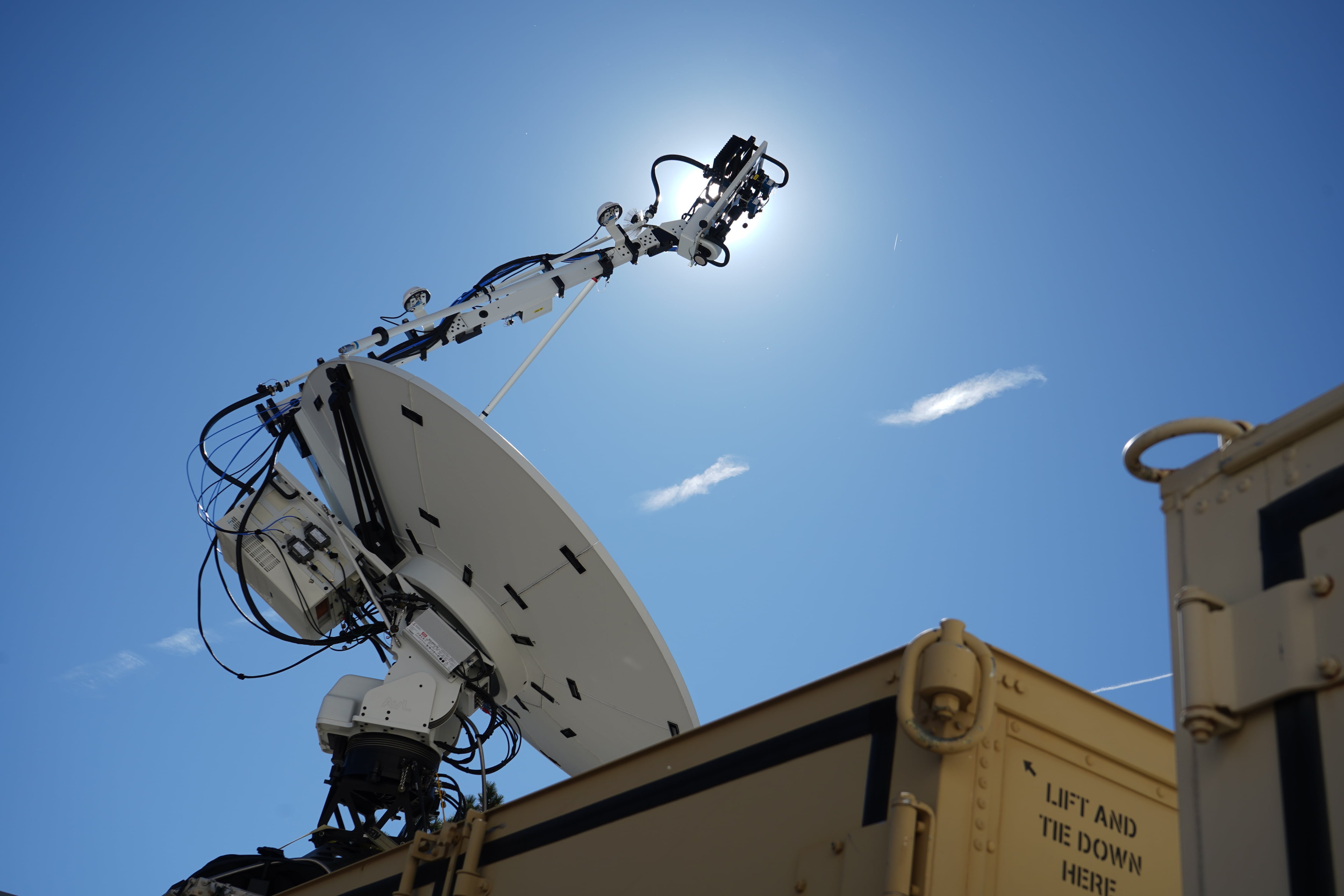The National Geospatial-Intelligence Agency hopes that a global competition holds the key to finding new, innovative ways to collect geomagnetic data.
With $1.2 million in prize money up for grabs, the NGA’s MagQuest competition wants to inspire people to find new ways to ensure that there is reliable, sustainable geomagnetic data to feed into the World Magnetic Model.
The Earth’s magnetic poles are a key source of geolocation data, but gathering that data is a challenge. The planet’s magnetic poles do not align with the geographic poles, and to make matters more complicated, Earth’s magnetic poles are constantly moving. Maintained by both the NGA and the United Kingdom’s Defence Geographic Centre, the World Magnetic Map accounts for those differences, allowing millions of users to use the Earth’s geomagnetic poles for geolocation and navigation. According to the NGA, the model is embedded in thousands of systems and is critical in supporting navigation for the military’s submarines, satellites and aircraft.
“Anyone who uses GPS relies on the World Magnetic Model,” said Richard Salman, director of NGA’s office of geomatics, when the contest was announced in March. “MagQuest is a critical component of NGA’s work to develop a new system for measuring Earth’s geomagnetic field to power the future of navigation.”
The model is produced every five years by the National Oceanic and Atmospheric Administration, but earlier this year they were forced to release an out-of-cycle update to the WMM to account for recent erratic movement of the north magnetic pole.
The WMM is currently put together using measurements collected from space by the European Space Agency Swarm, but the NGA has recently expressed interest in identifying new, independent methods to locate the earth’s geomagnetic poles that will ensure the model’s reliability and sustainability. To that end, the NGA launched the $1.2 million MagQuest competition in March as a way to solicit innovative ways to measure the planet’s magnetic field.
On June 20, the NGA announced the 10 winners of the contest’s first phase, each of whom will receive $20,000 for their work so far.
“From seafloor observatories to satellites, the breadth of ideas that emerged from Phase 1 of MagQuest is impressive and energizing,” Salman said. “We look forward to seeing the novel thinking and new technologies solvers will bring to Phase 2 of the challenge.”
The NGA reported there were 40 submissions for the first part of MagQuest. In phase 2, the NGA is looking for more fleshed out proposals that include detail designs and data collection methodologies. The second phase is open to participants from the first phase as well as new participants. The NGA will distribute $1 million in prizes to the five winners. Submissions are due Aug. 28.
The NGA has stated that it could add a third phase, or more, with another $2.5 million up for grabs.
Nathan Strout covers space, unmanned and intelligence systems for C4ISRNET.








